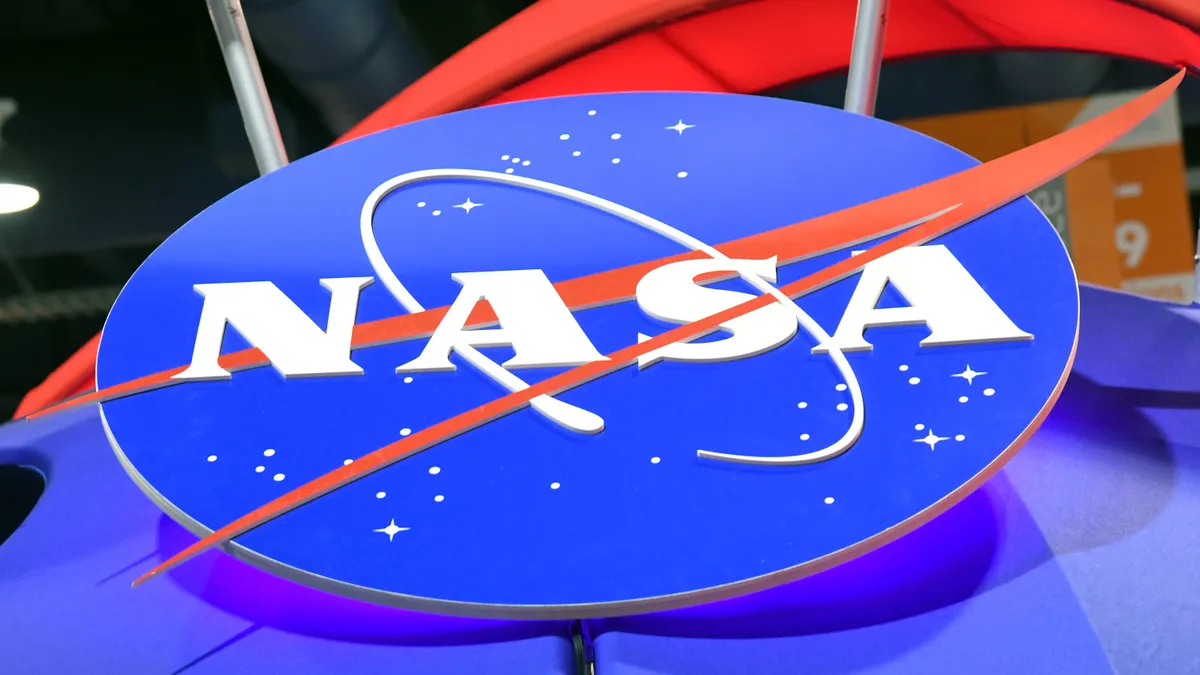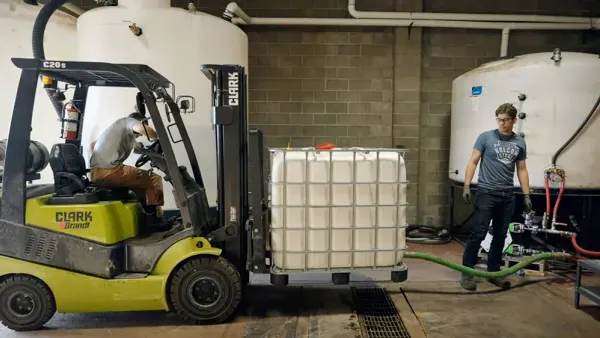Dive Brief:
- The National Aeronautics and Space Administration launched a satellite carrying a greenhouse gas-tracking device into the Earth’s orbit on Friday. The spacecraft aims to provide “actionable data” to help slash emissions that give rise to global warming, per the agency.
- The “Tanager-1” satellite was designed by the government space and tech agency’s Jet Propulsion Laboratory in collaboration with other members of the Carbon Mapper Coalition — a philanthropically funded nonprofit which includes private and public entities such as the California Air Resources Board, Bloomberg Philanthropies and Earth imaging company Planet Labs PBC.
- The satellite will use imaging spectrometer technology to identify the source of methane and carbon dioxide emissions on Earth from space, trackable to individual facilities and equipment on a wide scale, according to the release.
Dive Insight:
The satellite’s imaging spectrometer, which collects measurements of sunlight reflected from the Earth’s surface into hundreds of narrow spectral channels to detect sources of radiation, will be able to scan 50,000 square miles of the Earth’s surface daily, according to NASA. The data provided by Tanager-1 will allow scientists to detect gas plumes containing the unique spectral signatures of methane and carbon dioxide and determine their exact source locations.
The agency said this plume data would also be made available to the public through the Carbon Mapper data portal.
JPL Director Laurie Leshin said in the release that the greenhouse gas source data the satellite is designed to provide will be “precise and global,” and its technology is the result of four decades of development at NASA’s Jet Propulsion Laboratory in Southern California.
Carbon Mapper CEO Riley Duren echoed Leshin, and said that the coalition’s collaborative efforts demonstrate how different organizations can come together to address climate change.
“By detecting, pinpointing, and quantifying super-emitters and making this data accessible to decision-makers, we can drive significant action around the world to cut emissions now,” Duren said.
The Tanager-1 satellite was released into the Earth’s orbit last week through a SpaceX Falcon rocket that launched from the Vandenberg Space Force Base in California, according to NASA.
The launch builds on the White House’s recently released guidance to slash greenhouse gas emissions generated by climate super pollutants, which includes enhanced monitoring through commercial aircrafts and satellites, installation of thermal reduction units and methane sensing technologies.
The Biden-Harris administration convened a summit of U.S. officials, environmental organizations, companies, philanthropic organizations and others last month to discuss how to “dramatically reduce” emissions from such pollutants.
The summit also noted the impending takeoff of the first Carbon Mapper Coalition Satellite and unveiled a monitoring system proposal from NASA and the State Department. The proposal entailed a commitment from both agencies to deploy 10 sensors to U.S. embassies and consulates that can measure the ozone layer and provide data that can be used to improve climate and air quality satellite capabilities and help develop an ozone forecasting model.










